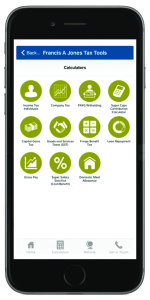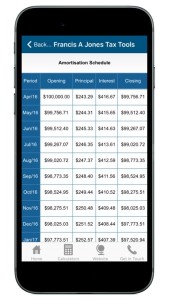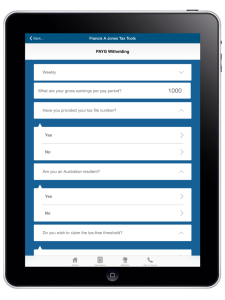There are four methods you can use when claiming work-related motor vehicle expenses.
Cents per kilometre
This method allows you to claim a set rate for each work related kilometre travelled for the financial year. The set rate is based on the car engine size. You do not need evidence to show the business kilometres travelled, but a reasonable estimate is required. A maximum of 5,000kms is allowed. This is the most popular method to use and is therefore explained further in another blog.
12% of original value
This method involves claiming 12% of the original value of your car. (12% of the cost if you bought the car or 12% of the market value of the car if you leased it). The value of the car to which you can claim the 12% of is subject to a $57,466 car limit. If the cost of your car is over this limit you must multiply 12% by the $57,466 as your deduction.
To use this method, you must have travelled more than 5,000 work related kilometres during the financial year. You do not need evidence to show that you travelled over 5,000kms, just proof of a reasonable estimate.
Example – I have a vehicle costing $30,000. I have owned the vehicle for the full year and have travelled over 5,000 work related kilometres. Using the 12% method I can claim $3,600 (12% x $30,000) deduction.
One-third of actual expenses
This method allows you to claim one-third of all your car expenses throughout the financial year (excluding costs such as the car purchase price or principal loan repayments). To use this method you must have travelled over 5,000 business kilometres and maintained written evidence of all your car expenses throughout the year. However, your fuel and oil costs can be estimated based on odometer records if receipts were not maintained. Some examples of the car expenses for which you should record are:
• Fuel and oil
• Registration and insurance
• Interest on the vehicle loan
• Repairs and maintenance
• Depreciation or lease payments.
Once you have calculated the total of all your expenses for the year, you divide it by 3 to calculate your deduction.
Logbook
This method is most advantageous if you travelled a significant number of kilometres for work purposes. If you are using this method you must maintain a log book of your cars usage in order to work out the percentage for which your car was used for work. However, you are only required to keep a continuous log book for a 12 week period. This will then represent your travel throughout the financial year and is a valid representative for up to five years. Your log book must contain:
• When the logbook period begins and ends and the cars odometer readings at the start and end
• The total number of kilometres travelled during the period
• A record of the kilometres travelled for each journey and the respective odometer readings and also the reason for the journey
At the end of the financial year you can use your logbook to work out what percentage of your car expenses will be claimed for work related purposes.
Example:
At the end of the financial year my logbook records show a total of 10,000kms travelled, 7,000 of which were for work related purposes. My business use percentage is therefore is 70% (7,000/10,000). Throughout the year I had expenses of $8,000 (including depreciation); therefore I can claim $5,600 (70% x $8,000) as a deduction.
Looking forward:
For the 2015/16 financial year, the government has announced to discontinue the 12% of original value and one-third of actual expenses methods. They have also announced that a flat rate off 66c will be introduced across all engine sizes for the cents/km method. This is unfortunate news for those who use this method with larger sized vehicles.
Pro-tip
It is possible to claim up to 5,000kms on more than one car.
Author: Allan Edmunds
Email: allan@faj.com.au

 The calculators available through the FAJ app are:
The calculators available through the FAJ app are:

